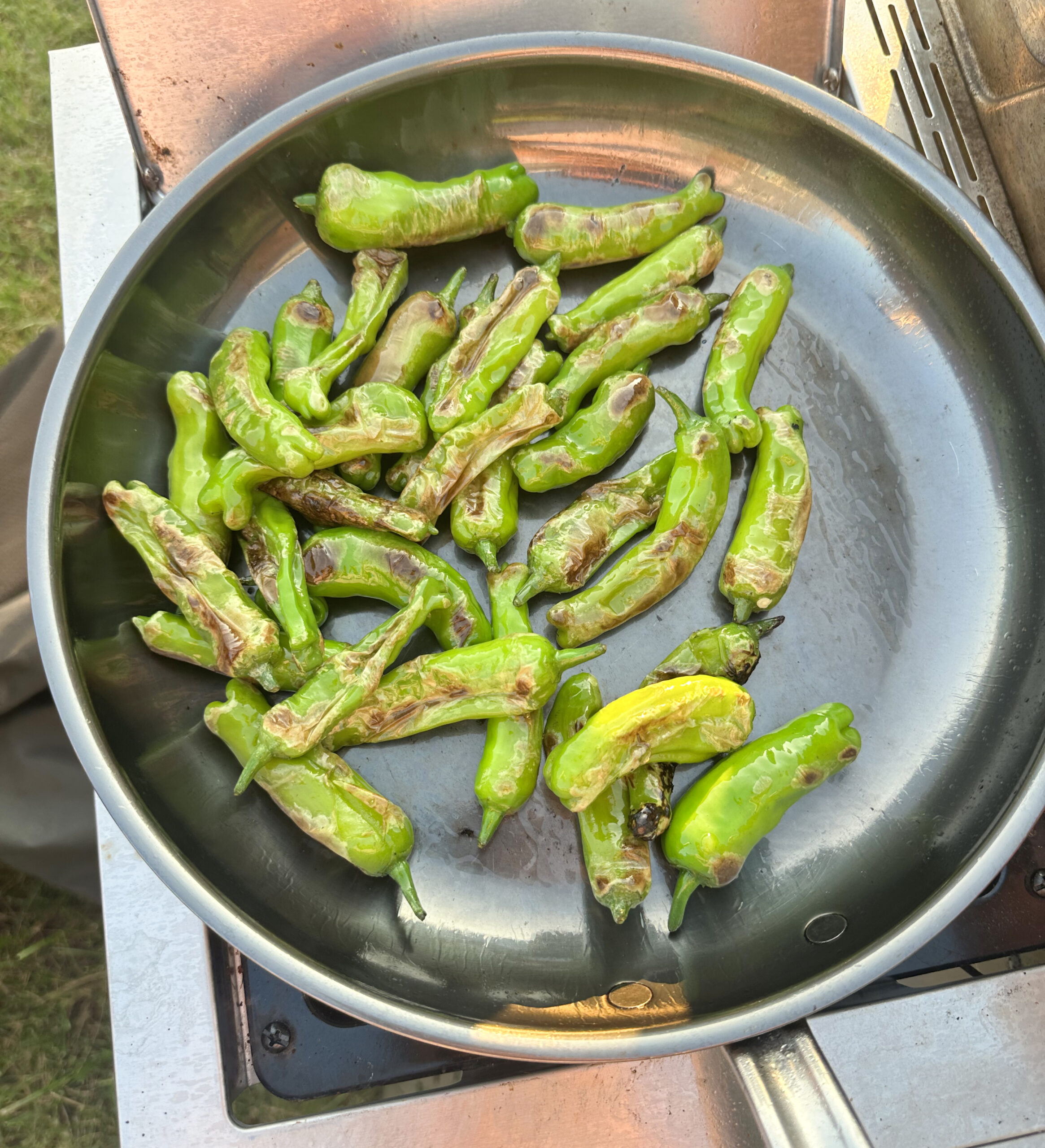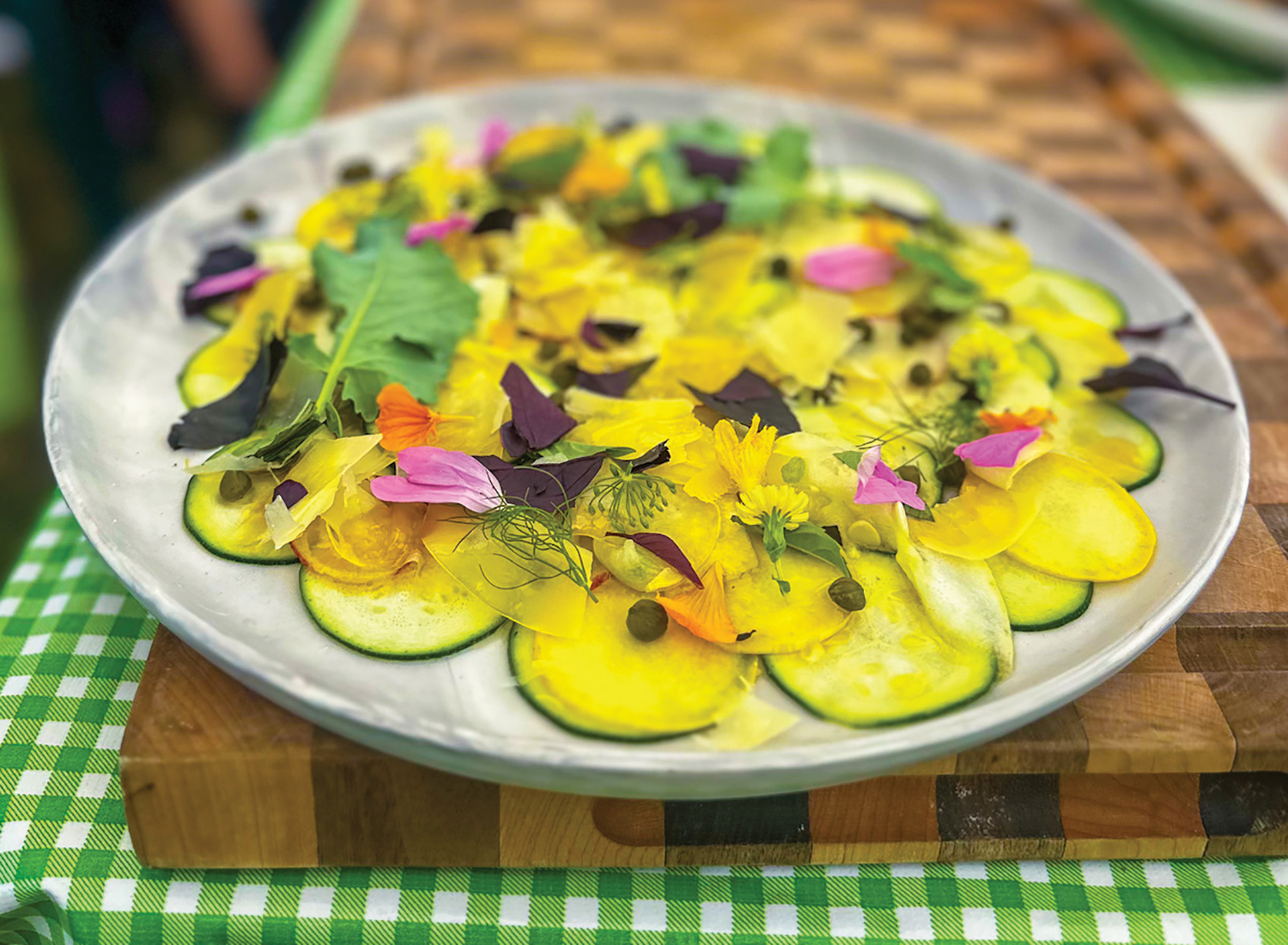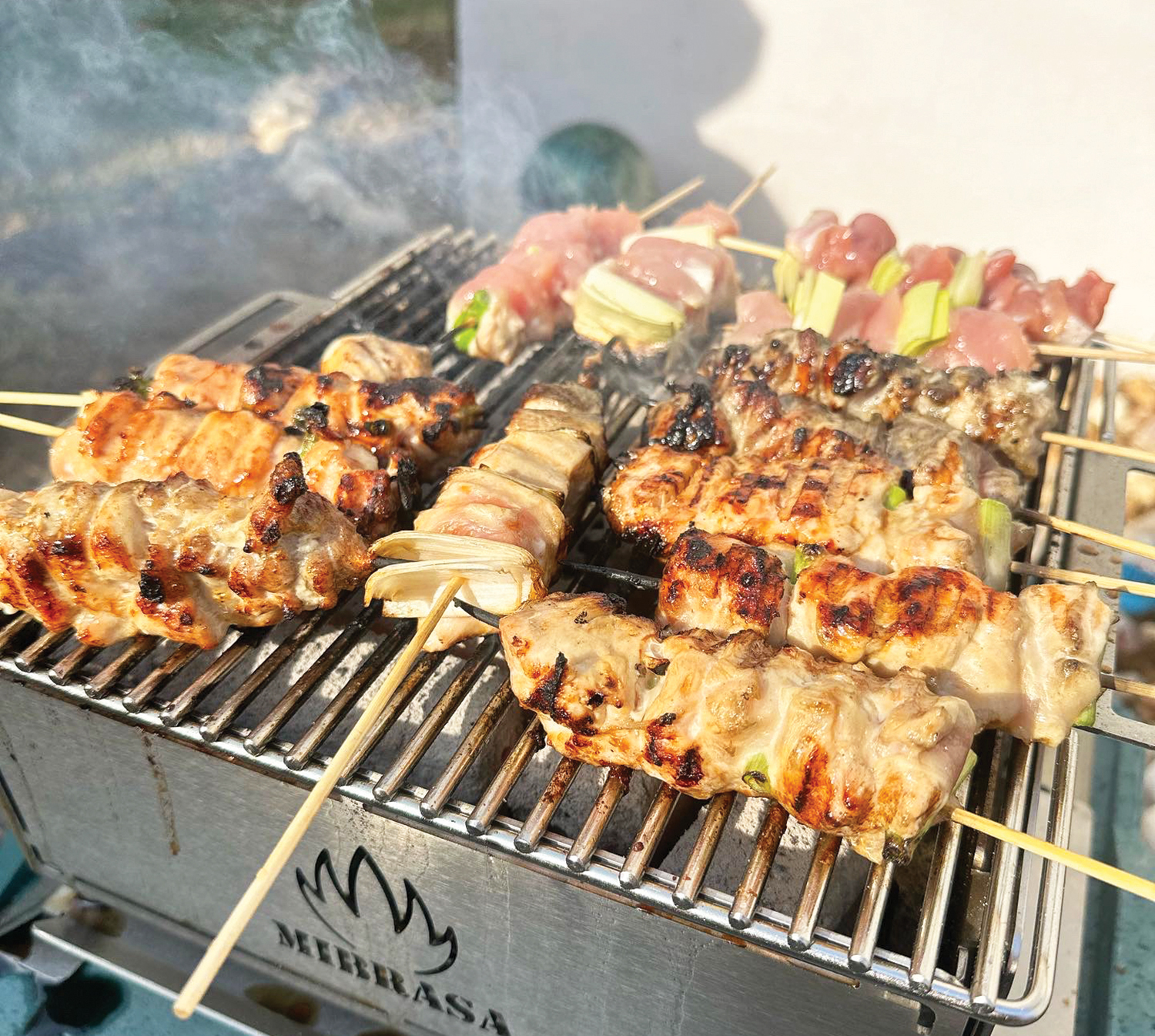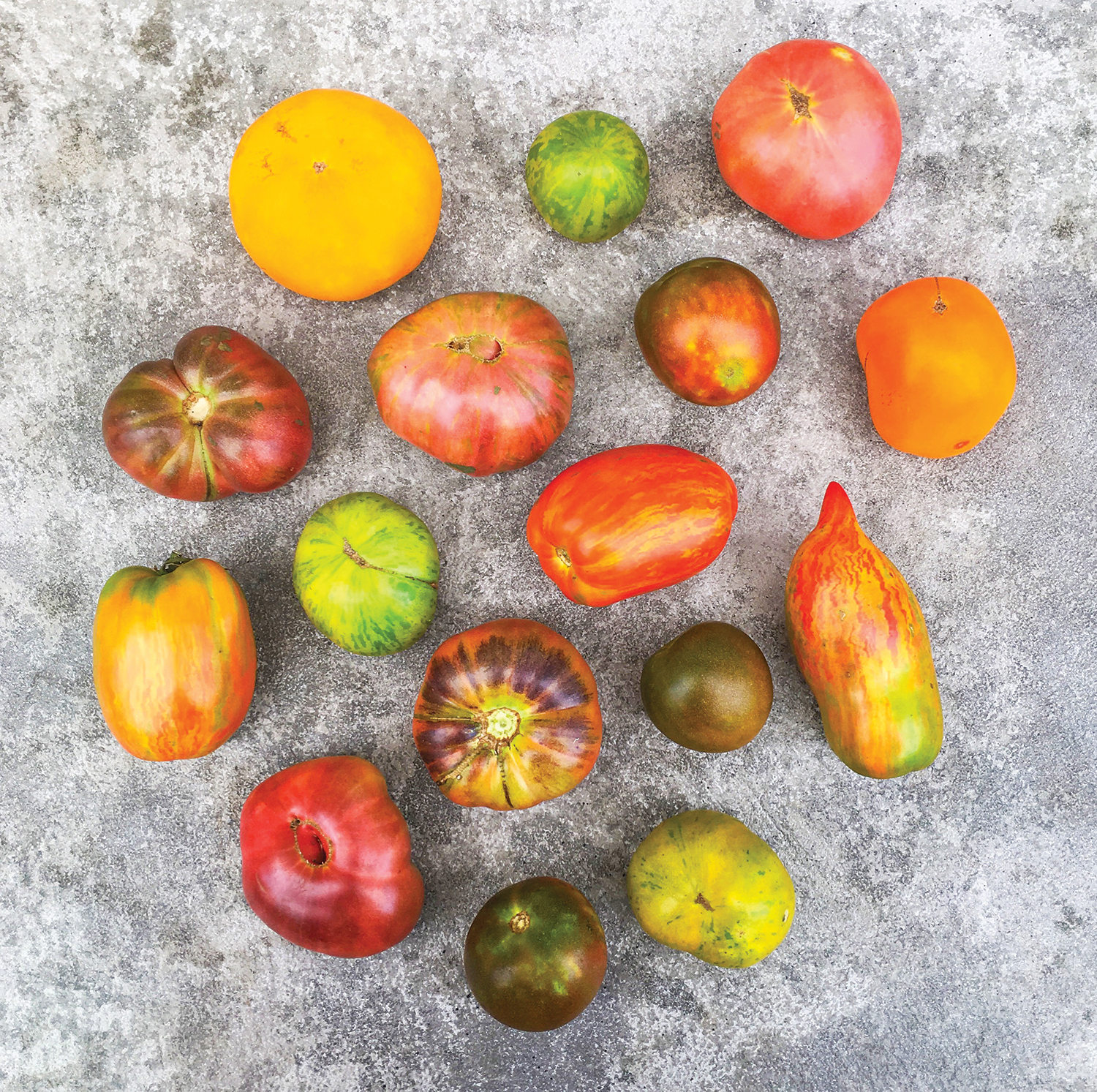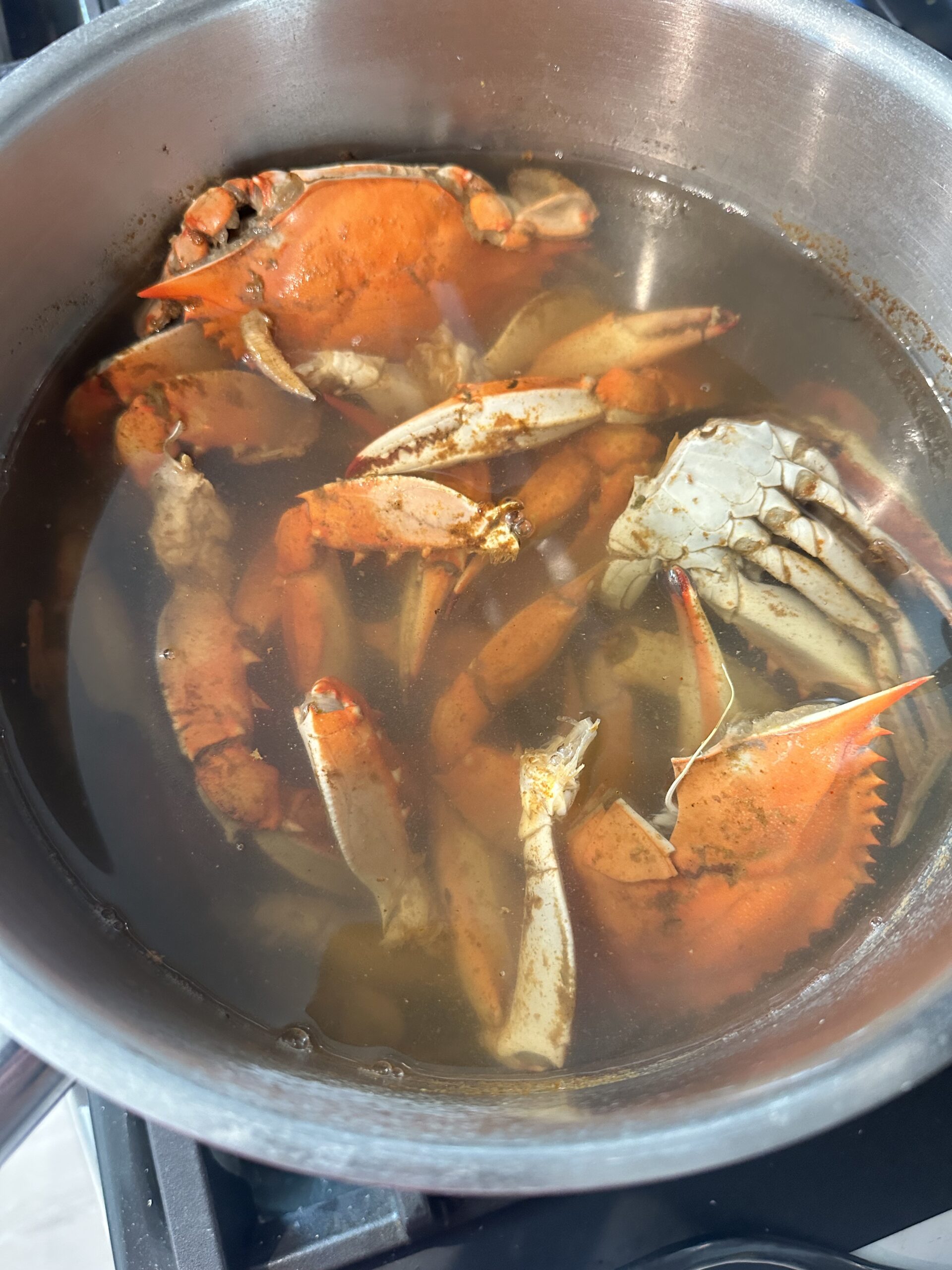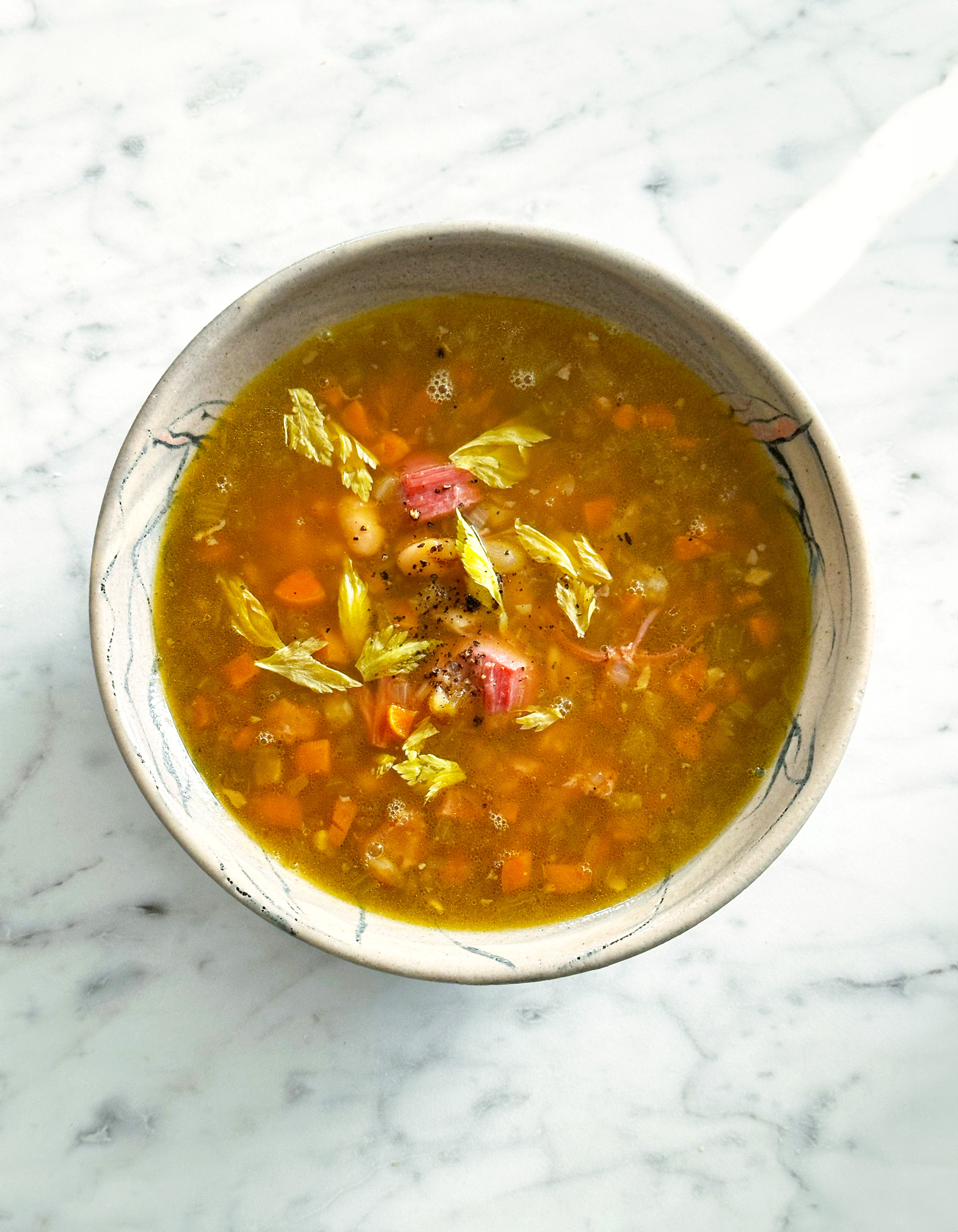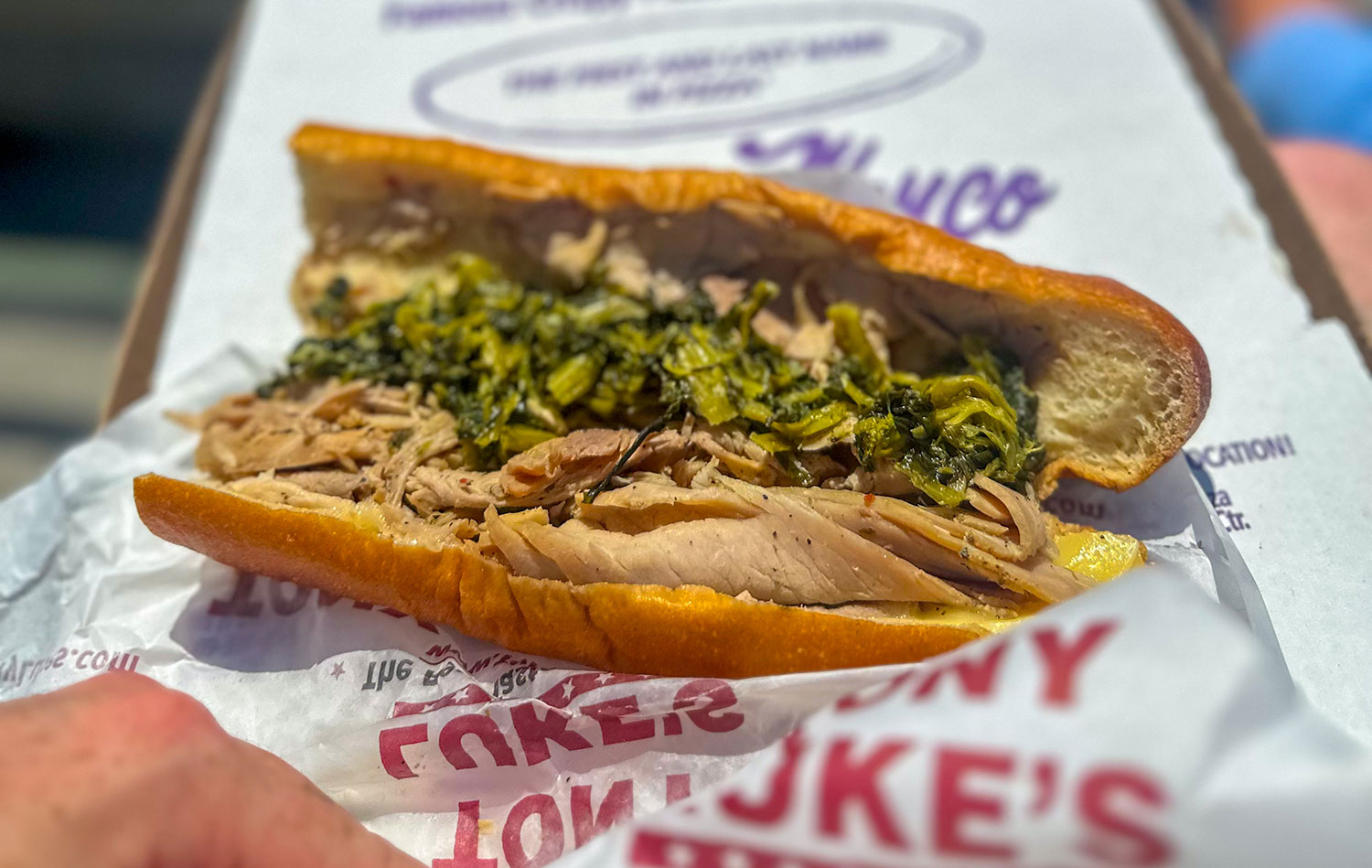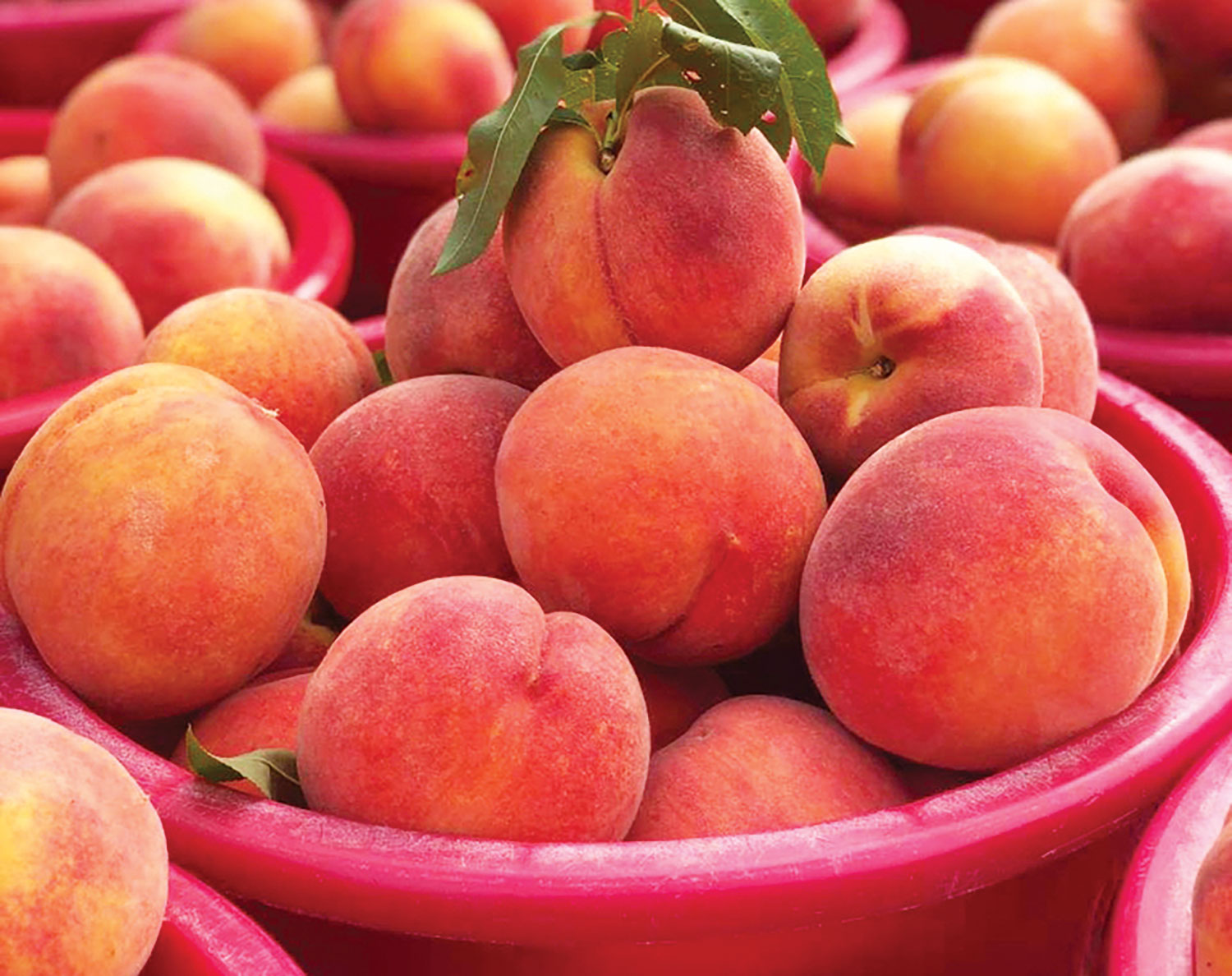I first tasted a shishito pepper in Las Vegas at a sushi restaurant’s happy hour nearly 15 years ago. It was a fleeting bite in a city known for excess, but the flavor stayed with me – mild, smoky, and laced with blistered char. That one pepper launched a quiet love affair that has endured ever since.
Recently, my good friend and fellow chef Ted Deptula handed my wife a bag of freshly picked shishitos. It was a small, thoughtful gesture between friends, but it reminded me how these little peppers have become part of our lives – our summer dinners, snack boards, and late-evening grills.
These days, you can find shishito peppers in many grocery stores, but the best ones come from local farmers markets or your own backyard. Before they were widely available, I asked my local farmer friends to grow them for me. This year, I grew them myself. Watching them ripen in the sun and picking them at peak tenderness deepened my appreciation for this humble, joyful pepper. There’s something deeply satisfying about cooking something you’ve raised from seed to skillet.
I love to cook shishitos outside on the side burner of my grill. That high, open heat is perfect for getting a good blister without overcooking the pepper. They’re an ideal snack with a drink or a vibrant side dish to serve alongside grilled fish, steak, or a bowl of seasoned rice. If the peppers are large enough, I’ll stuff them. I’ve sautéed, grilled, flash-fried, tempura-style, and tossed them in ponzu or miso glaze – but time and again, I return to the classic pan-seared style: simple, direct, intensely flavorful.
They’re delicious on their own, but I often serve them with a dipping sauce. My two favorites? A fermented garlic aioli and a creamy Tabasco mayo – each adding a punchy contrast to the blistered, smoky sweetness of the peppers.
Shishito peppers originated in Japan and have long been a staple of Japanese pub-style menus. Their name comes from the Japanese word shishi (lion), referring to the wrinkled, lion-like tips on the fruit.
In keeping with traditional Japanese cuisine – which favors subtlety and umami over intense spice – most shishito peppers are mild. But about one in ten carries a surprising little heat, making each bite a playful gamble. They’re typically blistered in a hot pan or over charcoal and served with little more than flaky salt or a dash of soy sauce.
Their Spanish cousins, pimientos de padrón, are eaten nearly the same way at tapas bars across Spain. It’s a shared culinary idea that transcends geography: fire, salt, pepper, simplicity.
Pan-Seared Shishito Peppers
Ingredients
- 2 cups fresh shishito peppers (200 g)
- 1 tbsp neutral oil (15 mL / 13 g)
- Shishito Salt (see recipe) or flaky sea salt
Instructions
- Heat a cast-iron or stainless steel pan over high heat until lightly smoking.
- Toss the shishitos in oil until just coated.
- Add peppers in a single layer and let them sear undisturbed for 1 to 2 minutes.
- Shake or stir the pan occasionally until all sides are blistered and slightly charred.
- Remove from heat, toss with finishing salt, and serve immediately.
Smoked Shishito Pepper Salt
Chef Bryce Shuman introduced me to his vibrant, grassy shishito pepper salt a few years ago. It was bold, elemental, and full of character. I loved it. Naturally, I riffed on it, adding a smoky dimension to bring even more depth and complexity.
Ingredients
- 1 cup fresh shishito peppers (100–120 g)
- 1/4 cup flaky sea salt (40 g)
- Wood chips for smoking (apple, oak, or hickory)
Instructions
1. Smoke half the peppers
- Slice 50–60 g of peppers in half and place on a smoker tray.
- Smoke at 200°F (93°C) for 1.5 to 2 hours, until dried and aromatic.
2. Dehydrate the other half
- Place the remaining 50–60 g in a dehydrator at 135°F (57°C) for 6 to 8 hours, or in a low oven (175°F / 80°C) with the door cracked until completely crisp.
3. Grind and mix
- Pulse both smoked and dehydrated peppers into coarse flakes using a spice grinder, mortar, or pestle.
- Mix with flaky salt in a 2:1 ratio (salt to pepper), or adjust to your taste.
4. Store
- Keep in an airtight container in a cool, dry place.
- Use to season shishitos while cooking and again just before serving. It’s also excellent on grilled fish, vegetables, eggs, or popcorn.
There’s something soul-satisfying about cooking shishito peppers over flame – the hiss of oil, the pop of the occasional spicy one, the curling aroma of charred skin and smoke. Whether it’s a spontaneous afternoon snack or the opening note to a larger meal, these little peppers deliver.
Shishitos are humble. They ask for little, but in return, they offer something beautiful – flavor, surprise, seasonality, and a little bit of joy.

